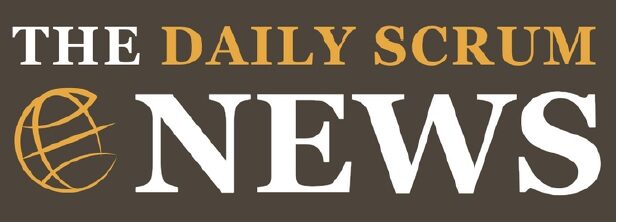The End of the Dollar’s Reign? Navigating a Shifting Global Currency Landscape
- Ingrid Jones
- U.S.A
- June 4, 2024

Image Credit, Engin Akyurt
For decades, the U.S. dollar has reigned supreme as the world’s reserve currency. Its dominance has facilitated international trade, provided a stable store of value, and allowed the United States to exert significant influence in the global financial system. However, recent trends suggest a potential power shift. The dollar’s grip might be loosening, prompting us to consider the economic consequences of a dethroned king and the rise of alternative currencies.
Several factors contribute to the potential decline of the dollar’s reserve status. The ever-growing U.S. national debt raises concerns about the long-term stability of the currency. Geopolitical tensions with key trade partners can incentivize diversification away from the dollar as a way to hedge against political risk. Additionally, the economic rise of nations like China and India strengthens their currencies, making them more attractive alternatives for international transactions.
This erosion of confidence in the dollar is reflected in a growing trend – countries settling trade in their own currencies, bypassing the dollar altogether. This is particularly evident in the oil market, where major producers like Russia are increasingly invoicing sales in rubles or yuan instead of dollars.
The BRICS nations (Brazil, Russia, India, China, and South Africa) plus, are at the forefront of this shift. Collectively, they boast a significant economic force, holding a sizeable portion of global trade and foreign exchange reserves. Their combined economic might, coupled with their dominance in crucial resources like oil, makes their proposal for a reserve currency basket – a collection of their individual currencies – a potentially attractive alternative.
A transition away from the dollar’s dominance would likely usher in a multipolar currency system. This would have significant consequences for the global economy. The United States, for instance, could face a weaker dollar, making imports more expensive and potentially fueling inflation. The ability to impose financial sanctions, a powerful tool in the U.S. arsenal, could also be diminished. Conversely, the rise of alternative reserve currencies could empower economies like China and India, potentially altering global political dynamics. Additionally, a multipolar system might necessitate currency conversions for international trade, leading to increased transaction costs.
The future of the global currency landscape remains uncertain. The dethronement of the dollar is not a foregone conclusion. However, the rise of alternative currencies highlights a changing world order. Whether a multipolar system emerges, or a new reserve currency takes center stage, one thing is certain: the world’s financial landscape is in flux, presenting both challenges and opportunities for different nations in the years to come. As we navigate this shifting environment, careful consideration of the economic implications is crucial to ensure a stable and prosperous future for the global economy.








